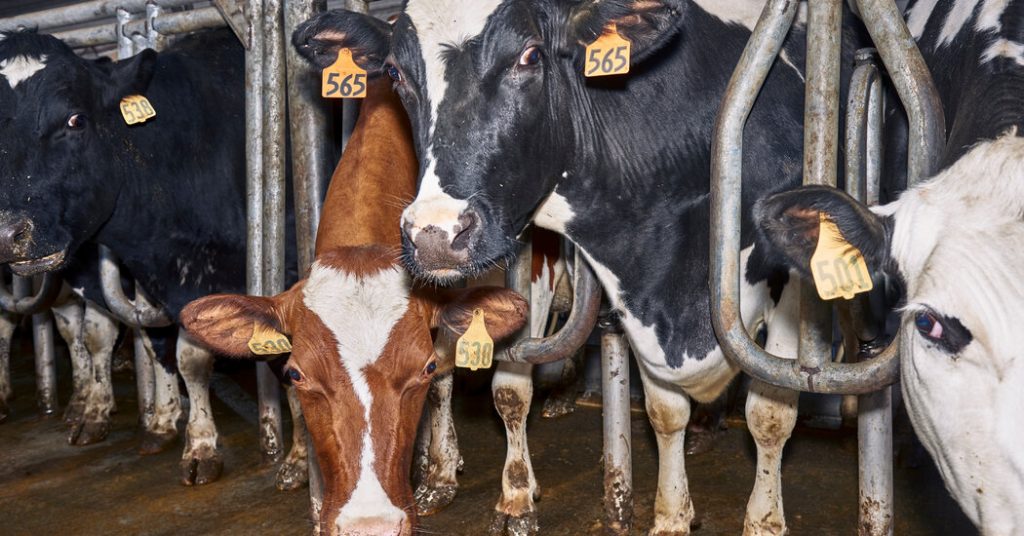The third human case of H5N1 reported in Michigan highlights the dangerous inflection point the current bird flu situation is at. The virus is adapting in ways that increase its risk to humans, with infected cows and milk being a major source of transmission. The emergence of respiratory symptoms in the most recent case is concerning as it may indicate a shift in how the virus affects humans, making the spread easier through coughing. Despite the importance of testing, particularly serology testing, it has been lacking in this outbreak, resulting in missed cases and hindering effective response.
Testing is crucial in identifying and controlling infectious diseases, allowing health responders to understand the extent of an outbreak and target public health interventions effectively. However, serology testing for H5N1 has been almost non-existent, leading to underreporting of cases and hindering efforts to prevent further spread. The failure to detect cases means infected individuals may unknowingly spread the virus, particularly in farming communities, where close contact with animals and other workers is common. This poses a risk of a wider outbreak and highlights the need for a national testing strategy and outreach efforts to ensure access to testing and support for farmworkers.
A robust national testing strategy, coordinated by the Centers for Disease Control and Prevention, is necessary to address the gaps in testing and improve surveillance and data collection. This includes ramping up testing in areas with known infections, conducting regular screenings of at-risk populations, and using innovative approaches such as wastewater surveillance. The slow sharing of virus sequence data from animals infected with H5N1 by the U.S. Department of Agriculture further clouds the understanding of the outbreak and hampers efforts to prevent a pandemic.
The H5N1 outbreak serves as a warning of the need for improved testing and surveillance to effectively respond to public health emergencies. The report of respiratory symptoms in the most recent human case underscores the urgency of addressing the current situation to prevent a wider outbreak. Enhancing testing, improving data collection and sharing, and providing support for at-risk populations, such as farmworkers, are crucial steps in mitigating the spread of the virus and protecting public health. Coordinated efforts at the national, state, and local levels are essential in preventing a pandemic and ensuring a timely and appropriate response to infectious diseases like H5N1.


